The rearing period of laying hens plays a crucial role in determining the success and longevity of their production cycle.
With advancements in breeding and nutrition research, it is now possible to extend the production cycle of commercial laying hens to 90-100 weeks.
This extended production cycle not only contributes to increased profitability but also promotes more sustainable food production.
With advancements in breeding and nutrition research, it is now possible to extend the production cycle of commercial laying hens to 90-100 weeks.
This extended production cycle not only contributes to increased profitability but also promotes more sustainable food production.

The Role of the Preparation Period
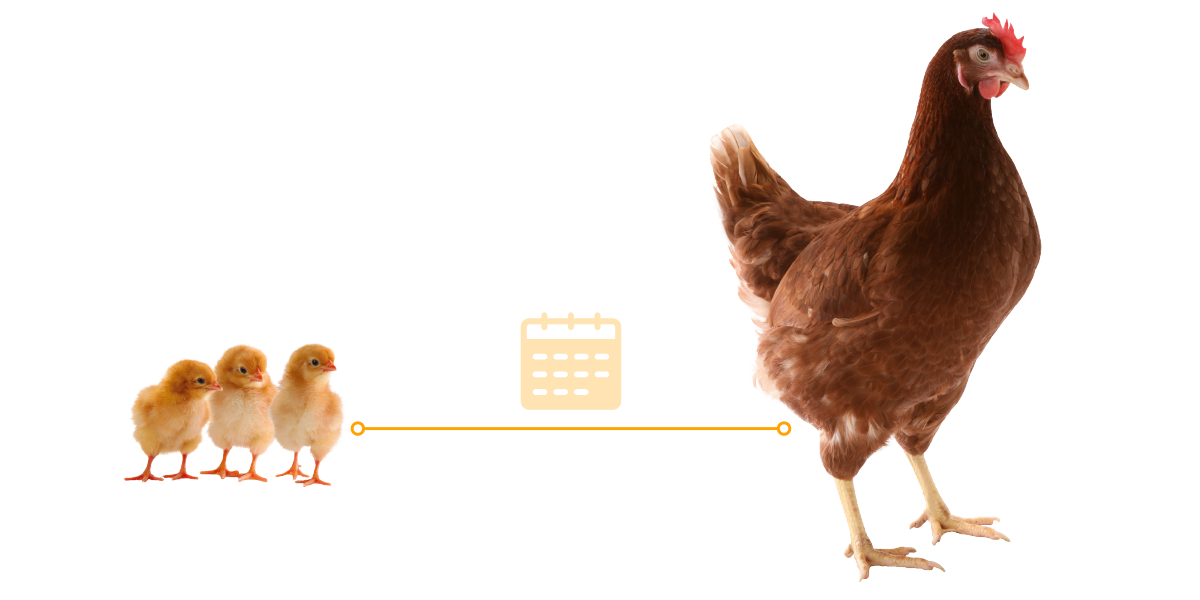
During this period, hens undergo important developmental processes that lay the foundation for their future performance.
It is crucial to focus on developing the immune system, digestive system, and skeletal system during the preparation period.

Developing the Immune System

Providing the right balance of nutrients, including essential vitamins and minerals, is essential for strengthening the immune system and ensuring the overall health and well-being of the hens.
A strong immune system will help the hens’ combat diseases and stressors throughout their prolonged production cycle.
Developmental Bodyweight Growth and Skeletal Health

Proper bodyweight development is crucial for achieving optimal persistency and livability in the laying phase.
It is essential to ensure that the hens reach the appropriate bodyweight milestones at each stage of their growth.
The Importance of Nutrition in Prolonging the Production Cycle
Nutrition plays a significant role in prolonging the production cycle of LOHMANN laying hens.

Proper nutrition must be provided throughout the entire production cycle, with particular attention paid to the late laying period when nutrient absorption and immunity decline.
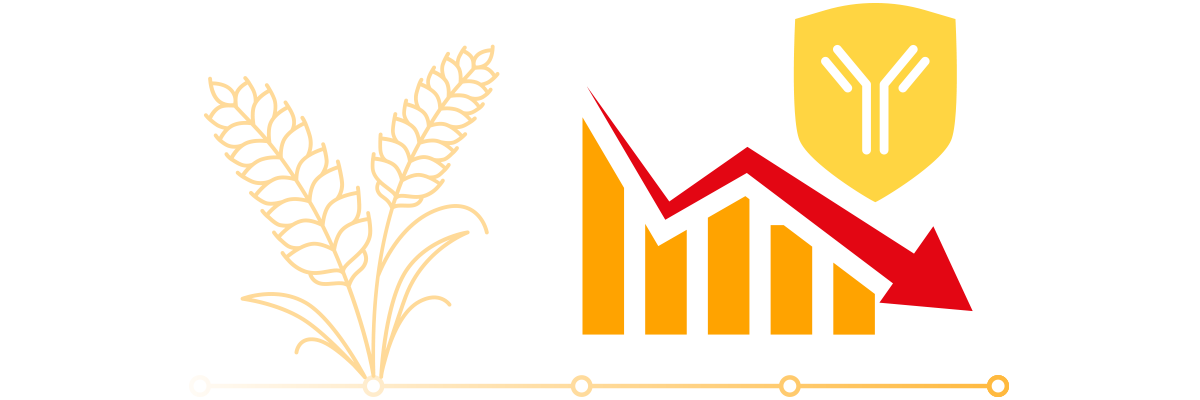
Energy and Protein Balance
Adequate energy intake is crucial to meet the hens’ requirements for growth, feather coverage, and egg production.
However, overfeeding can lead to excessive bodyweight gain, which negatively affects production rate and egg quality.
It is important to strike the right balance in energy intake to ensure optimal performance without compromising the hens’ overall health and welfare.
Similarly, protein and amino acid balance are essential for influencing egg size and weight.
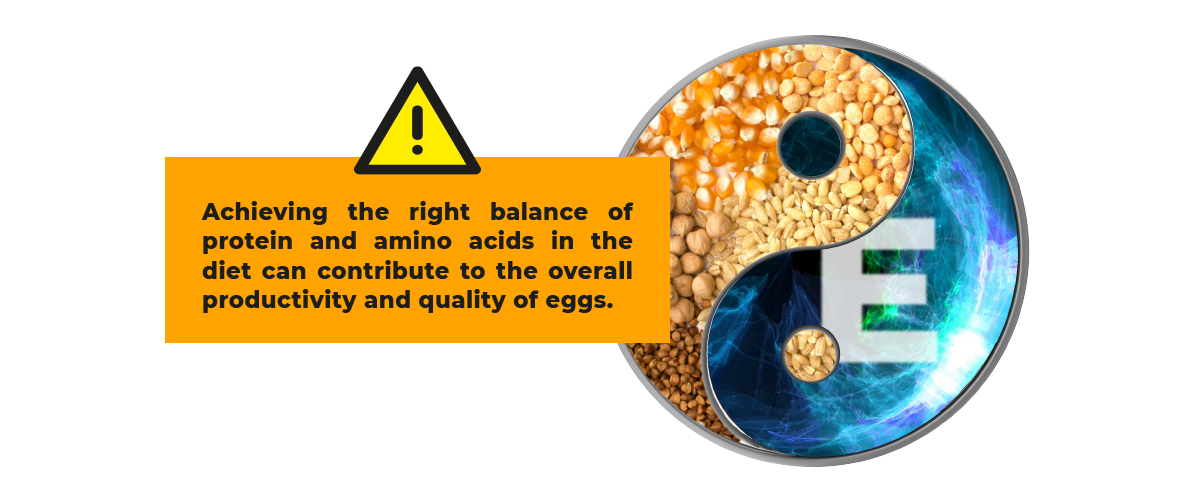
Training for Cage-Free Systems
For hens destined for cage-free systems, training should be completed by 32 weeks of age.
During this period, the hens should be exposed to the specific environmental and behavioral requirements of cage-free systems.
This training will help them adapt to their future housing conditions and promote behavioral enrichment, which is vital for their welfare and productivity.
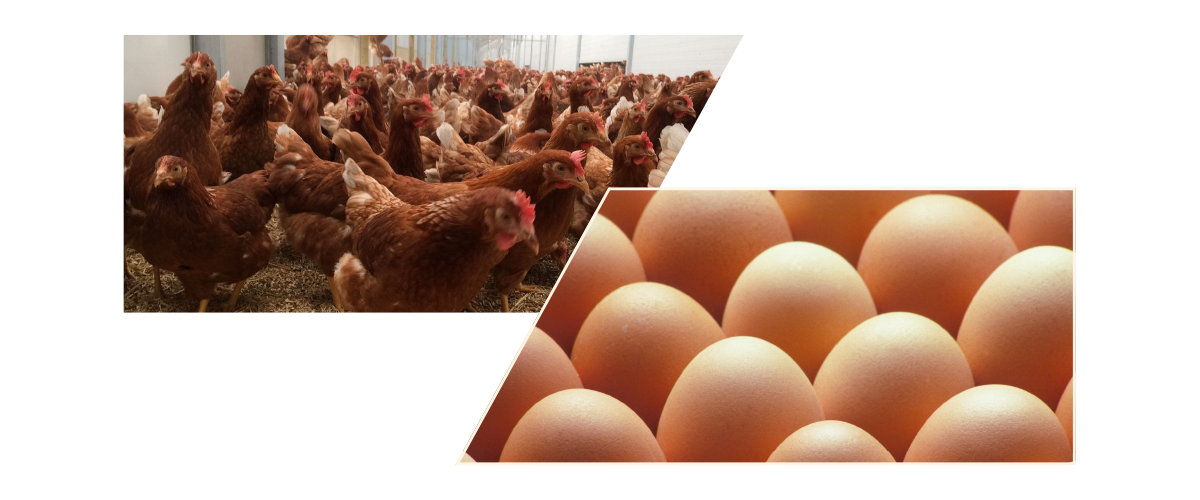
Conclusion
The preparation period, encompassing the rearing phase of laying hens, plays a crucial role in prolonging their production cycle.
Through proper nutrition and management practices, including the development of the immune system, training for specific housing systems, and attention to bodyweight growth and skeletal health, laying hens can be prepared for an extended production cycle.
Adequate nutrition, particularly in terms of energy balance, protein and amino acid balance, and trace mineral nutrition, is essential for optimal performance and egg quality.
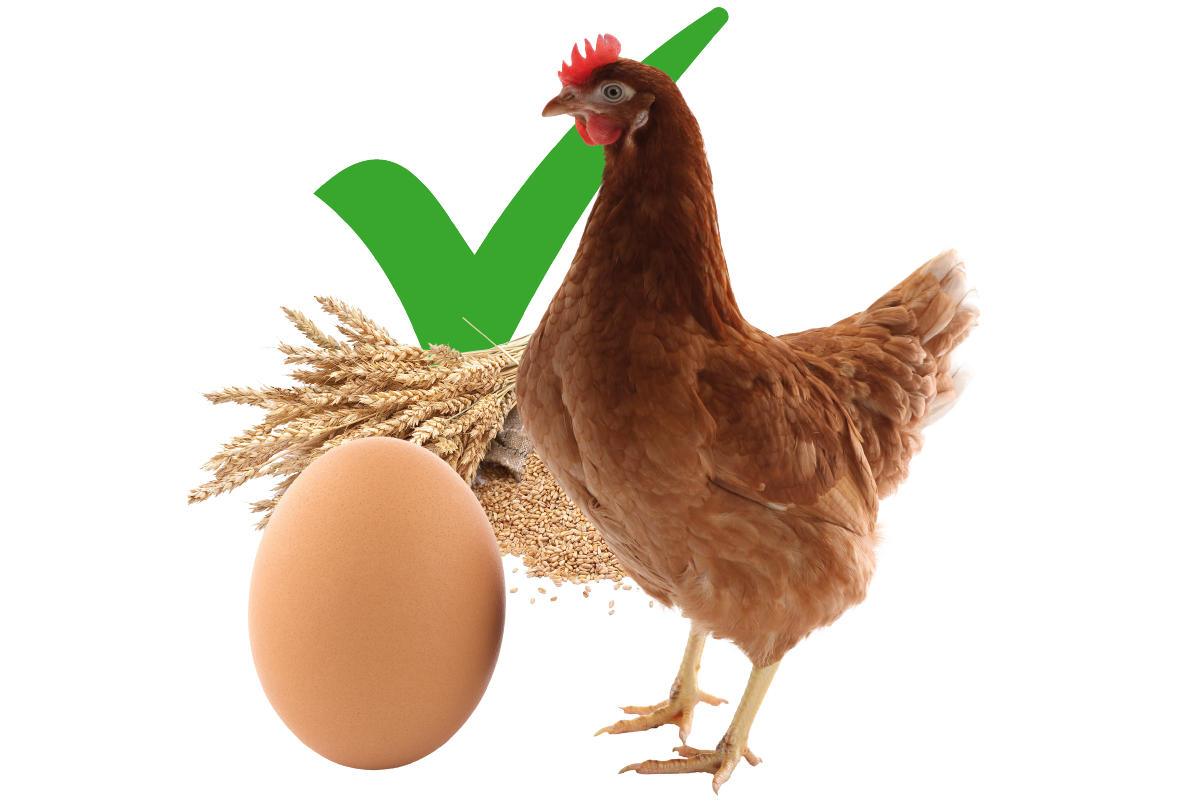










 Management
Management 